Eye spy: Stan Douglas goes undercover at London’s Victoria Miro
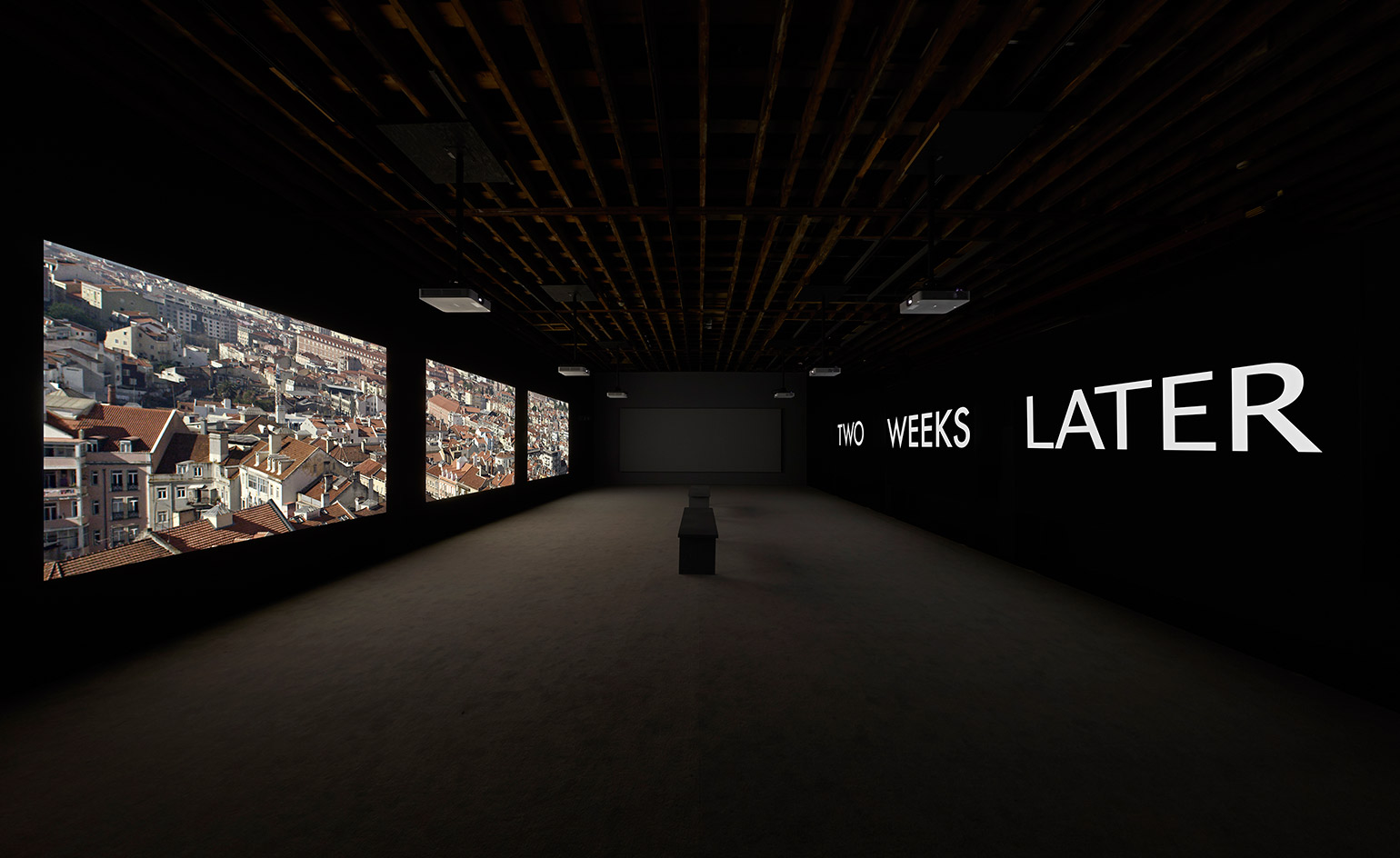
The Canadian multi-media artist Stan Douglas deals in what he calls ‘speculative histories’. These re-routed histories are not just playful counterfactuals but examinations of particular moments of hope and possibility; what concrete goodness might have come out that hope had it not crushed or derailed.
The Secret Agent, a new work showing at Victoria Miro’s east London mothership, is a six-screen full length drama looking at the aftermath of the fall of the dictator Salazar in Portugal in the mid-1970s, and the short-lived ‘carnation revolution’ that followed.
Douglas moves the action of Joseph Conrad’s novel The Secret Agent to this particular time and place; or as Douglas tells Wallpaper*, ‘historical time suspended in some way’.
In the original novel, set in 19th century London, the ambassador of a foreign power, almost certainly Russia, enlists an anarchist on its pay roll to blow up the Greenwich Observatory, an assault on time and Britain’s sense of imperial order. In Douglas’ version, the ambassador is American and the target is a Marconi trans-Atlantic telephone exchange.
‘Portugal had been through 30 years of fascism,’ explains Douglas, ‘and was suddenly in this state of openness and flux. They were trying to figure out what sort of government they wanted.
‘Eventually it became a conventional Western democracy but it had the potential to become almost anything at the time. This terrified America who put warships off the coast of Portugal. Nato started doing war games nearby. They were scared that a communist government might take control.’
Douglas is also interested in looking at terrorism, reading Conrad forward into Portugal circa 1975 and then on into our own age of terror. ‘The novel is really the first literary presentation of terrorism and many of the things in it are still prevalent today,’ he says. ‘And in Portugal after the revolution, there were extreme left wing groups and right wing groups doing all sorts of bombings. In this context a terrorist means very different things to different people, on the giving and receiving end. People have very different ideas of what is meant by this simple act of violence.’
Douglas moves his characters from screen to screen, around sets – a cinema-come-book store, a bar, a wonderful modernist government building and occasionally outdoors. Douglas is brilliant at patina and historical detail, cigarette smoke and cigarette-yellowed teeth and hair. Mostly the characters talk at each other, rather stagily, playing their parts in what will inevitably become a tragedy of conflicting ideas about ends and means.
At least two or more screens play at any one time. ‘Two things are always going on simultaneously,’ says Douglas. ‘But one pair of screens is governance, another pair is private space and another is the street. The street is the interface between governance and private space. Some characters are stuck in the middle, others at either end, some cross them all. And you decide who you pay attention to; the person talking, or the person listening. It’s a symbolic space. You are in the middle of the action and you have to decide how to piece it together.’
Downstairs at Miro meanwhile are a series of remarkable digital renderings of the Vancouver – Douglas’ home city – of 1948. This is a place and time Douglas has summoned up and revisited before.
These images are hi-res’d re-worked versions of images used in Douglas’ ‘Circa 1948’ smartphone app, which allowed users to wander the streets of Vancouver and pull up remarkable 3-D renders of his or her exact location exactly as it was in 1948. Douglas then used them in his neo-noir cinematic stage-play Helen Lawrence.
These are impossible ‘photographs’ of a disappeared physical landscape at night (no reproduction can do justice to the windows onto illuminated rooms or moon shadows). ‘It’s taking a photograph you can’t really take,’ says Douglas. ‘The places aren’t there anymore and there’s no light.’
‘They are a study of shelter,’ he continues. Mostly of working class neighbourhoods, a hotel squatted by soldiers returned from the Second World War, shoreline shacks and boathouses. ‘There was this law that no-one owned the land that appeared between low and high tide,’ says Douglas. The English author Malcolm Lowry spent six years in one of these shacks. Well actually two different shacks. He managed to burn one down. ‘He was drinking a lot,’ says Douglas. Between drinking and setting things in fire, Lowry did manage to complete his classic Under the Volcano here.
This is Douglas’ fourth work that revisit’s the Vancouver of 1948, and to stunning effect. It may be his last visit. ‘I think I’m done,’ he says.

The feature-length film reenacts the plot of Joseph Conrad’s titular novella (which is also the name of the exhibition) – a story of espionage, deception and political entanglement. Pictured: still from The Secret Agent, 2015

There’s a fundamental twist – Douglas relocates the story to the time following the fall of the dictator Salazar in Portugal in the mid-1970s, and the short-lived ‘carnation revolution’ that followed. Pictured: still from The Secret Agent, 2015

In the original novel, the ambassador of a foreign power enlists an anarchist to blow up the Greenwich Observatory. In Douglas’ version, the ambassador is American and the target is a Marconi trans-Atlantic telephone exchange. Pictured: still from The Secret Agent, 2015
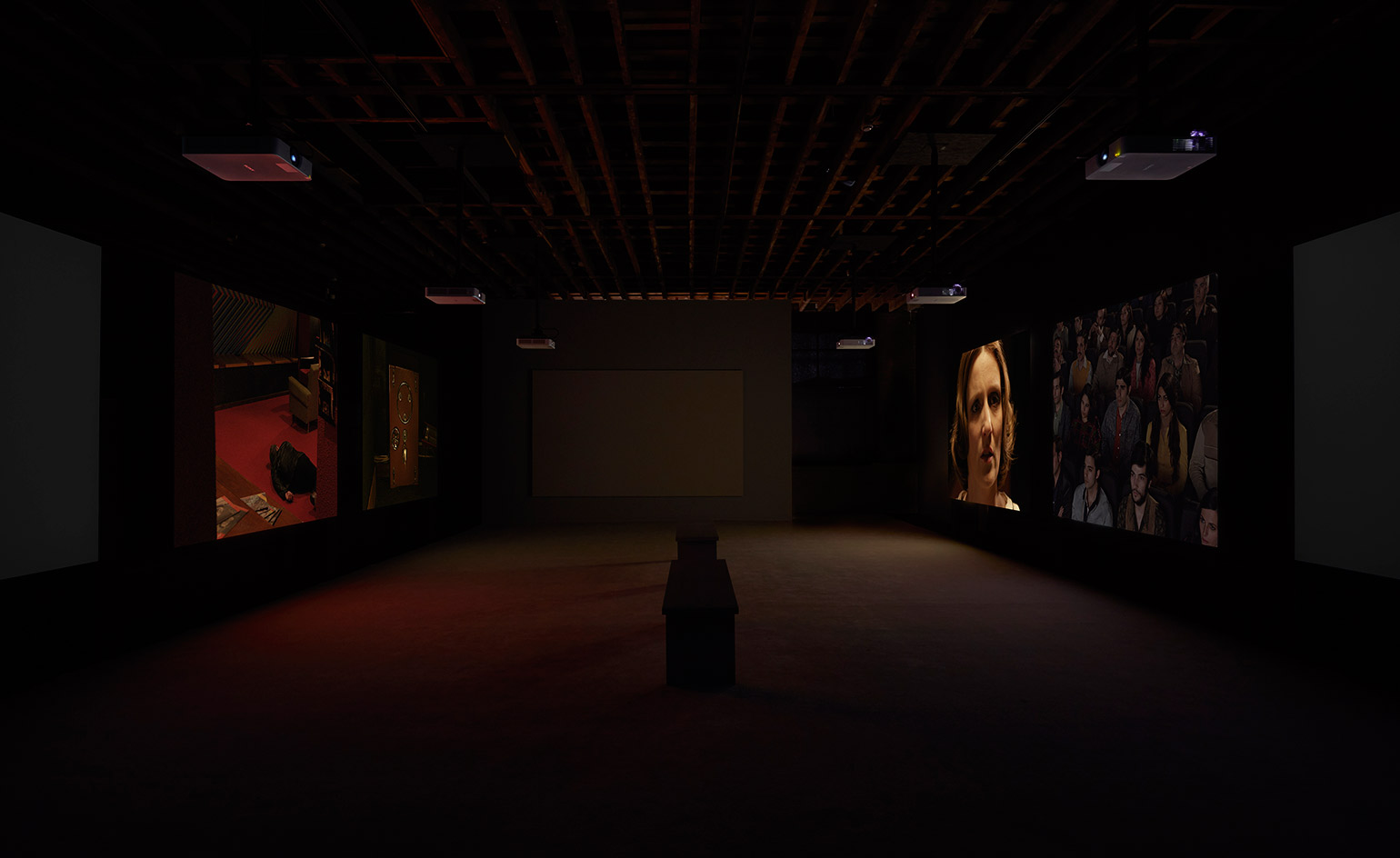
At least two or more screens play at any one time. ‘Two things are always going on simultaneously,’ says Douglas. ‘But one pair of screens is governance, another pair is private space and another is the street.’ Pictured: still from The Secret Agent, 2015
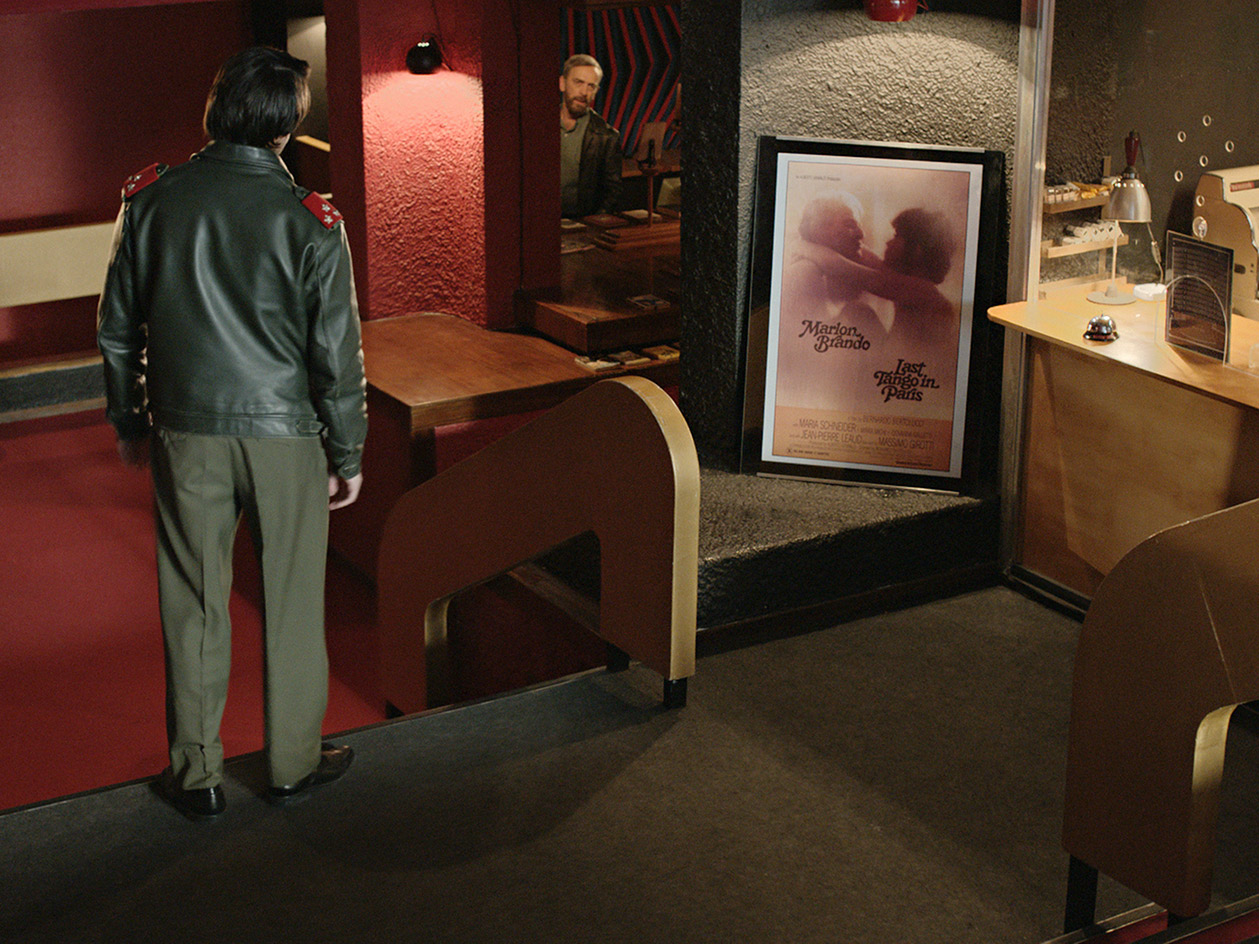
Douglas moves his characters from screen to screen, around sets – a cinema-come-book store, a bar, a wonderful modernist government building and occasionally outdoors; he is brilliant at patina and historical detail. Pictured: still from The Secret Agent, 2015
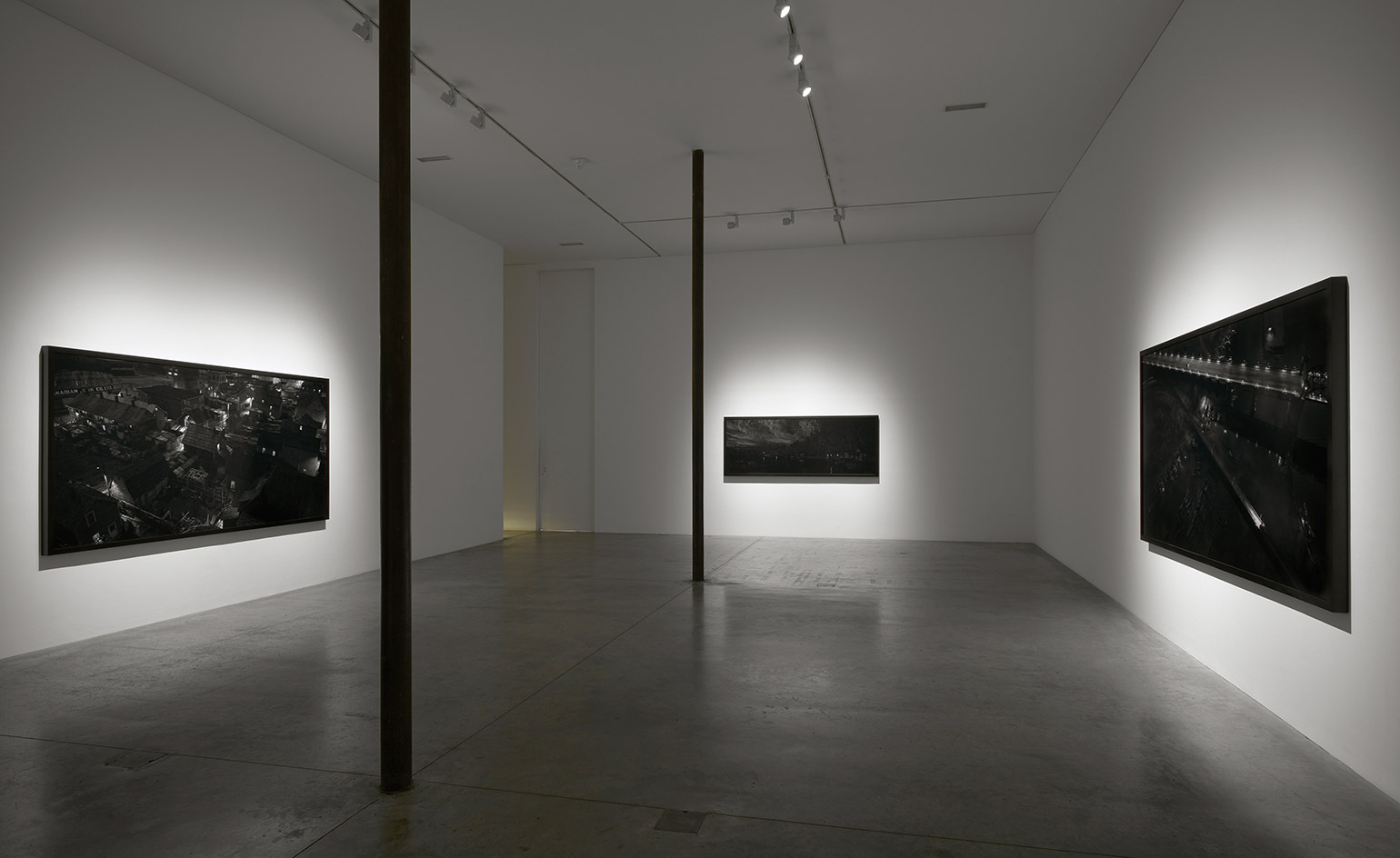
The film is accompanied by series of dark, large-scale photographs: digital renderings of the Vancouver – Douglas’ home city – of 1948. This is a place and time Douglas has summoned up and revisited before. Pictured: ’Stan Douglas | The Secret Agent’, installation view, 2016
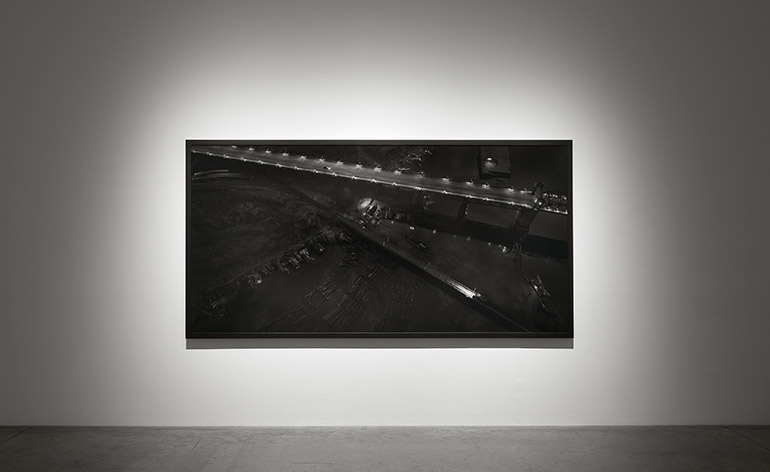
These images are hi-res’d re-worked versions of images used in Douglas’ ‘Circa 1948’ smartphone app. The scenes draw on archival imagery displaying everything from a squatting community to a hotel used to house war veterans. Pictured: Bumtown, 2015
INFORMATION
'The Secret Agent' is on view until 24 March. For more information, visit Victoria Miro's website
ADDRESS
Victoria Miro
16 Wharf Road
London, N1 7RW
Receive our daily digest of inspiration, escapism and design stories from around the world direct to your inbox.
-
 Patricia Urquiola reveals an imaginative inner world in ‘Meta-Morphosa’
Patricia Urquiola reveals an imaginative inner world in ‘Meta-Morphosa’From hybrid creatures and marine motifs to experimental materials and textiles, Meta-Morphosa presents a concentrated view of Patricia Urquiola’s recent work
-
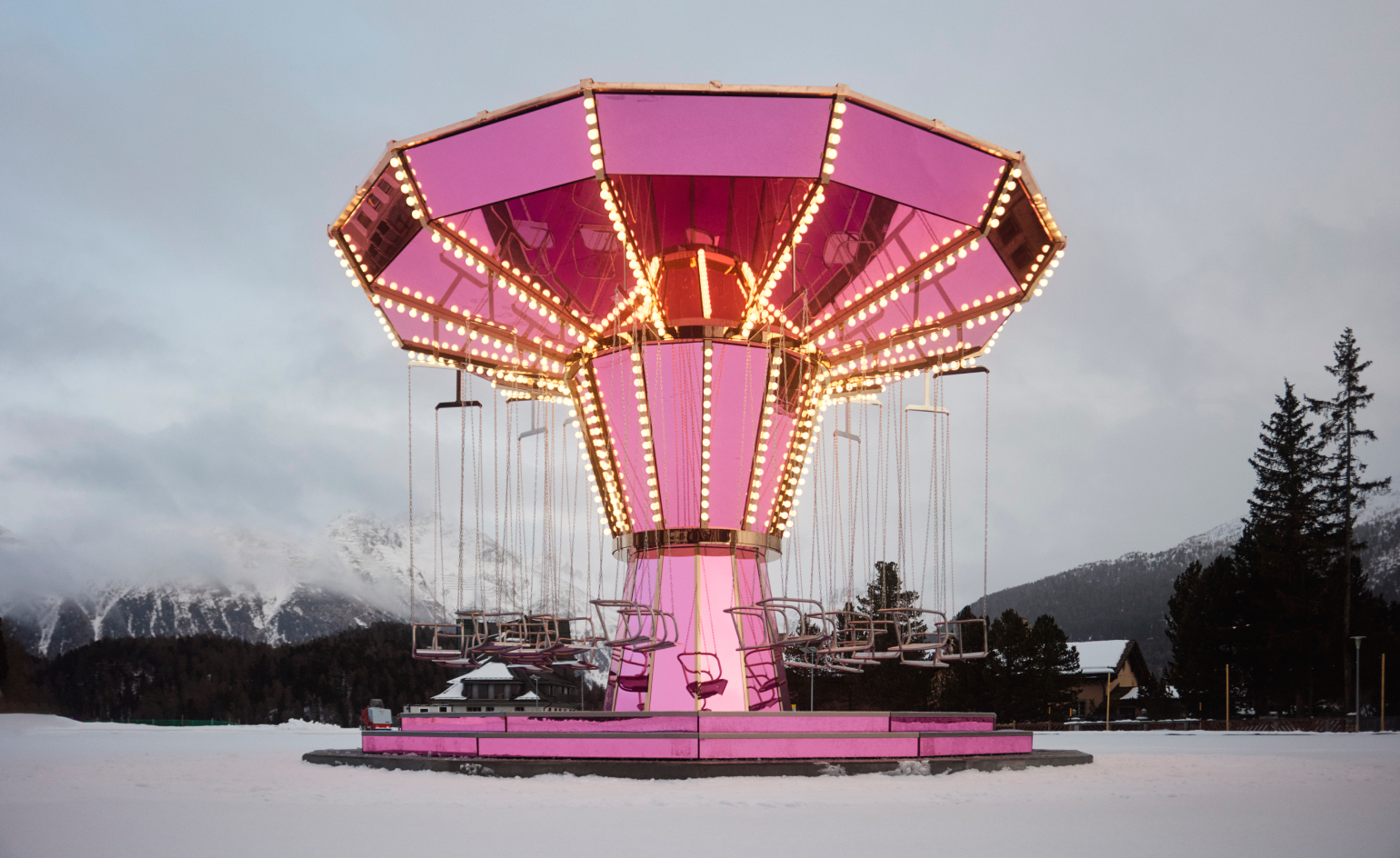 A hot pink carousel just touched down in the Swiss Alps, thanks to Carsten Höller
A hot pink carousel just touched down in the Swiss Alps, thanks to Carsten HöllerAt Kulm Hotel St. Moritz, the artist transformed a familiar childhood carousel into a meditation on time and being
-
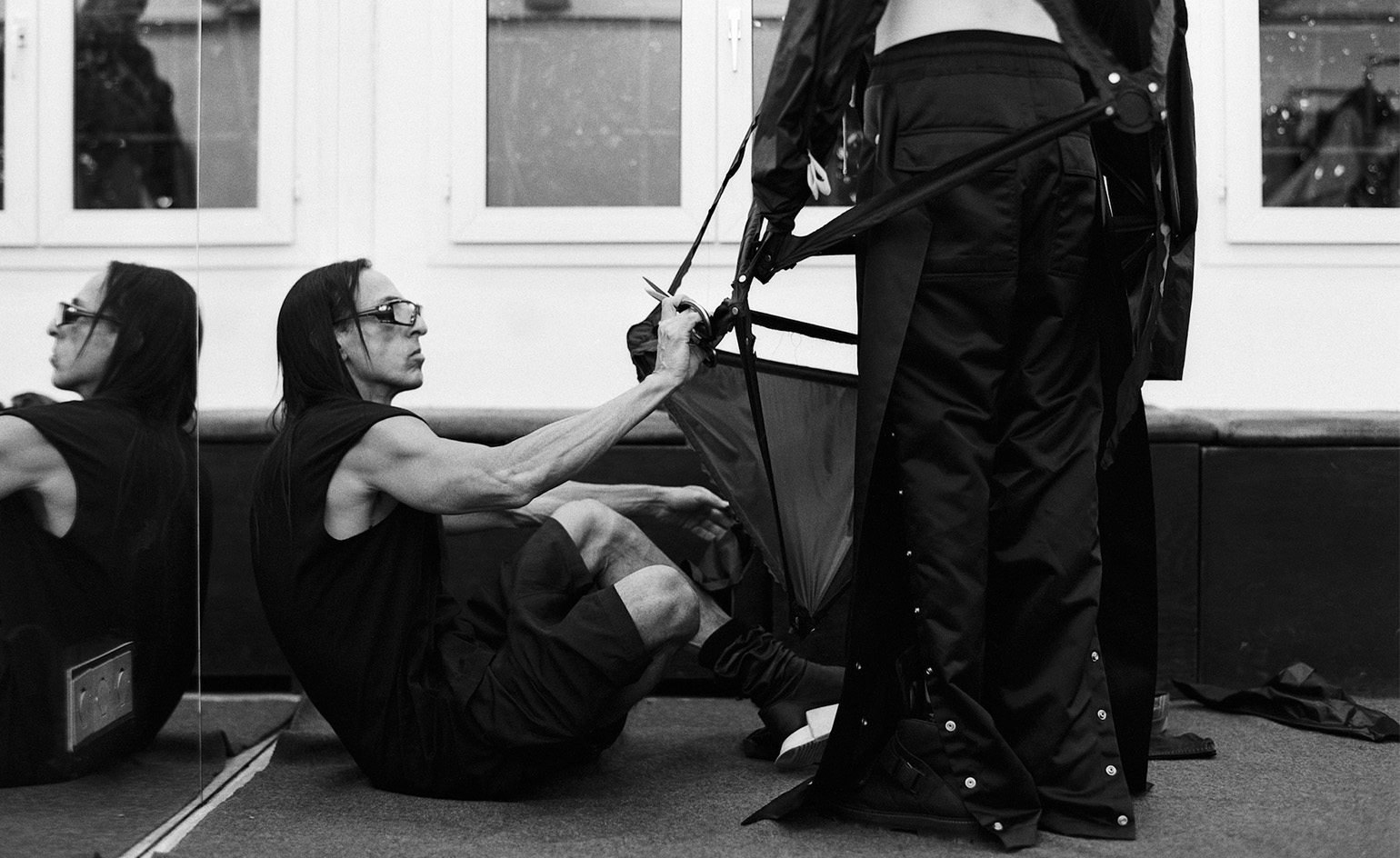 These illuminating interviews tell the story of 2025 in style, from Rick Owens to runway magic
These illuminating interviews tell the story of 2025 in style, from Rick Owens to runway magicExploring themes of creativity, resilience and facing fashion’s future, a series of intriguing conversations from the style pages of Wallpaper* in 2025
-
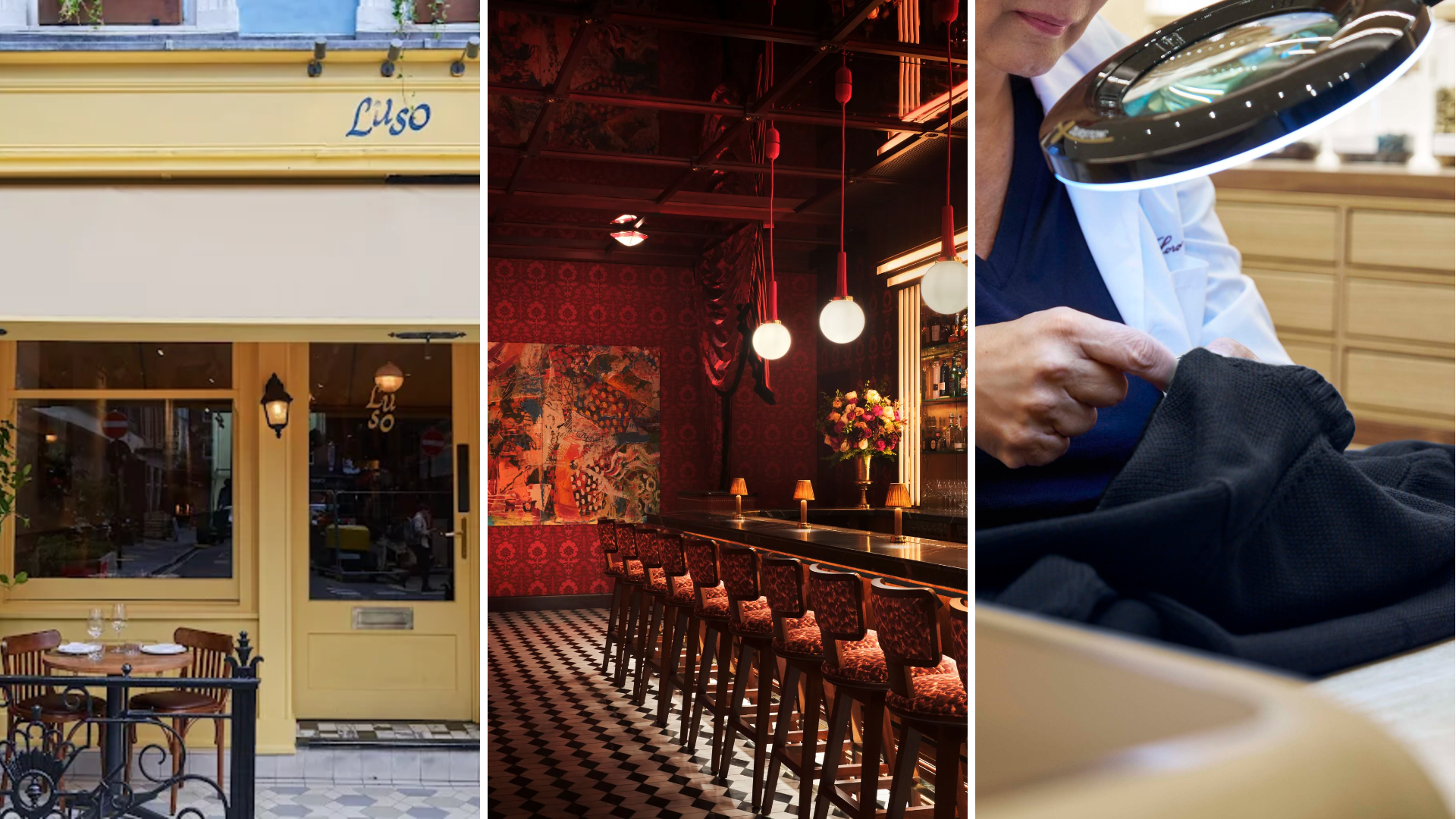 Out of office: The Wallpaper* editors’ picks of the week
Out of office: The Wallpaper* editors’ picks of the week'Tis the season for eating and drinking, and the Wallpaper* team embraced it wholeheartedly this week. Elsewhere: the best spot in Milan for clothing repairs and outdoor swimming in December
-
 Out of office: The Wallpaper* editors’ picks of the week
Out of office: The Wallpaper* editors’ picks of the weekFar from slowing down for the festive season, the Wallpaper* team is in full swing, hopping from events to openings this week. Sometimes work can feel like play – and we also had time for some festive cocktails and cinematic releases
-
 The Barbican is undergoing a huge revamp. Here’s what we know
The Barbican is undergoing a huge revamp. Here’s what we knowThe Barbican Centre is set to close in June 2028 for a year as part of a huge restoration plan to future-proof the brutalist Grade II-listed site
-
 Out of office: The Wallpaper* editors’ picks of the week
Out of office: The Wallpaper* editors’ picks of the weekIt’s wet, windy and wintry and, this week, the Wallpaper* team craved moments of escape. We found it in memories of the Mediterranean, flavours of Mexico, and immersions in the worlds of music and art
-
 Each mundane object tells a story at Pace’s tribute to the everyday
Each mundane object tells a story at Pace’s tribute to the everydayIn a group exhibition, ‘Monument to the Unimportant’, artists give the seemingly insignificant – from discarded clothes to weeds in cracks – a longer look
-
 Out of office: The Wallpaper* editors’ picks of the week
Out of office: The Wallpaper* editors’ picks of the weekThis week, the Wallpaper* team had its finger on the pulse of architecture, interiors and fashion – while also scooping the latest on the Radiohead reunion and London’s buzziest pizza
-
 Out of office: The Wallpaper* editors’ picks of the week
Out of office: The Wallpaper* editors’ picks of the weekIt’s been a week of escapism: daydreams of Ghana sparked by lively local projects, glimpses of Tokyo on nostalgic film rolls, and a charming foray into the heart of Christmas as the festive season kicks off in earnest
-
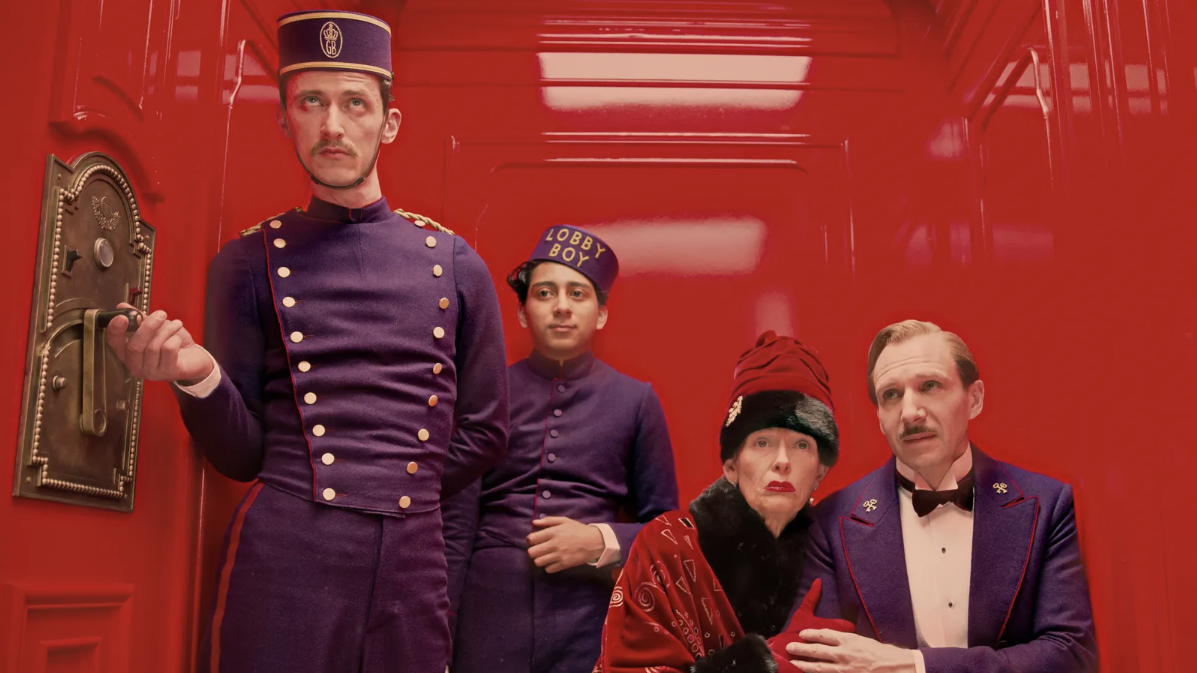 Wes Anderson at the Design Museum celebrates an obsessive attention to detail
Wes Anderson at the Design Museum celebrates an obsessive attention to detail‘Wes Anderson: The Archives’ pays tribute to the American film director’s career – expect props and puppets aplenty in this comprehensive London retrospective